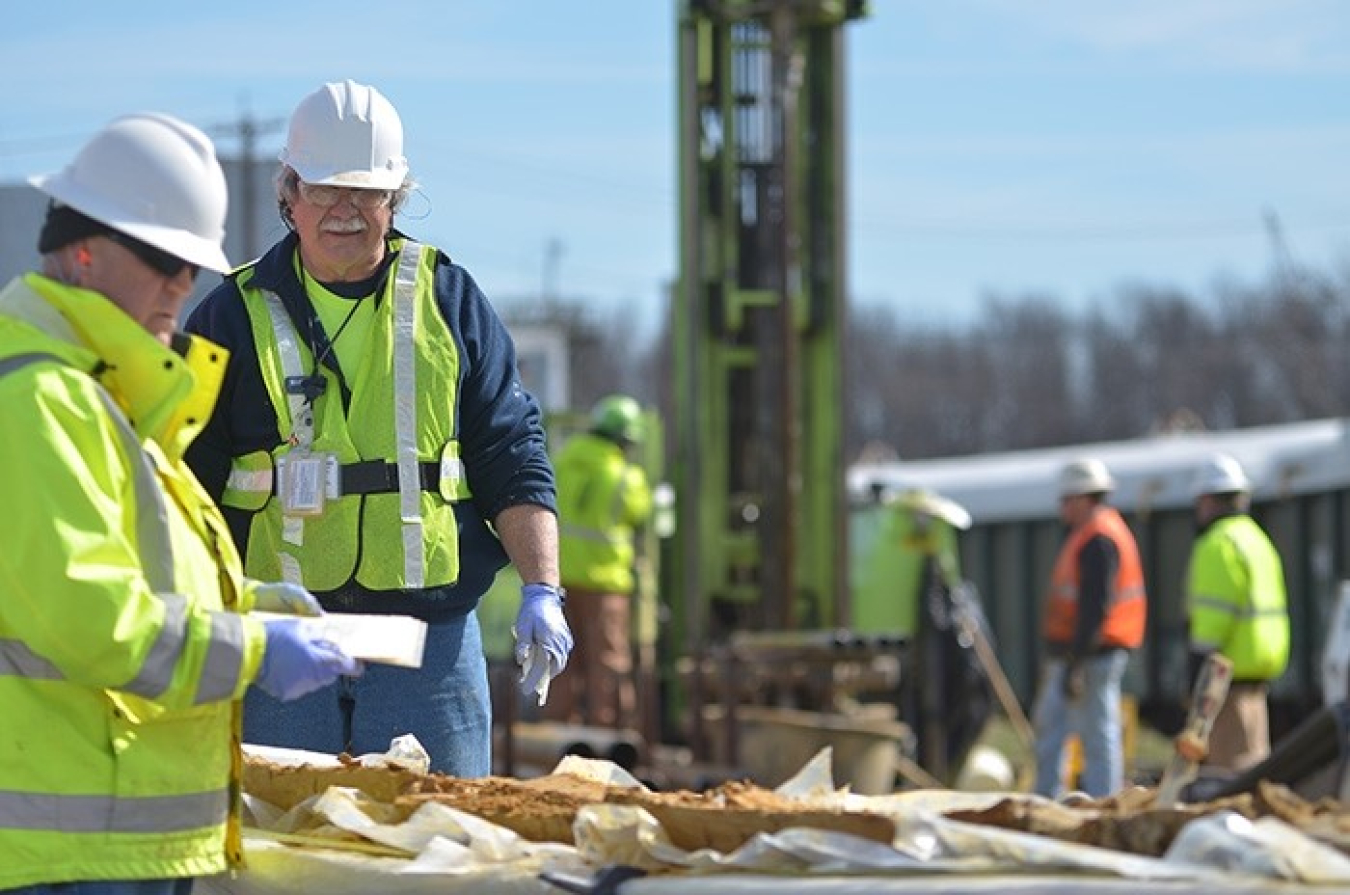Throughout its 30-year history, EM has focused on a particular environmental issue at the Paducah Gaseous Diffusion Plant site in western Kentucky.
Office of Environmental Management
September 12, 2019
PADUCAH, Ky. – Throughout its 30-year history, EM has focused on a particular environmental issue at the Paducah Gaseous Diffusion Plant site in western Kentucky: addressing contamination of groundwater.
The primary groundwater contaminant was trichloroethylene (TCE), an industrial degreasing solvent used during production years to clean equipment. DOE initially responded by providing bottled water and later municipal water service to plant neighbors affected by the contamination while performing additional investigative work to determine the extent of the problem.
EM installed and started operating two pump-and-treat systems beginning in the mid-1990s to control the offsite migration of the contamination. As of 2018, these systems have treated over 4.2 billion gallons of groundwater. EM has also performed specific remedial actions to reduce the TCE source areas. The treatment systems, combined with several TCE source remediation projects, have removed 7,855 gallons of TCE from the soils and groundwater.
During much of EM’s remediation activities at the site, uranium enrichment continued. After the plant facilities were returned to DOE from a commercial enrichment company lease in 2014, the site’s cleanup scope expanded significantly.
Since receiving back the uranium enrichment facilities in 2014, EM’s Portsmouth/Paducah Project Office (PPPO) now is attacking the primary source contributing to the largest offsite contaminated groundwater plumes in the complex.
While EM continues to treat, monitor, and optimize the groundwater treatment systems, its current near-term strategy focuses on characterization and remediation of the C-400 Complex, which is the size of an entire city block. The C-400 Complex is the primary source of TCE contamination in the groundwater plumes.
“We have accomplished significant reduction of the high concentration areas,” PPPO Manager Robert E. Edwards, III said. “Now we’re looking to address the largest source at the C-400 Complex even more since we have the entire facility back under EM.”
Edwards added that the Paducah strategy is a comprehensive approach that takes into account EM’s mission, regulatory agreements, and community input.
“It allows for cleanup of the most significant contributor to groundwater contamination while we continue to thoroughly characterize hazards associated with the balance of the site facilities,” he said.
Click here for more information on the Paducah Site.

